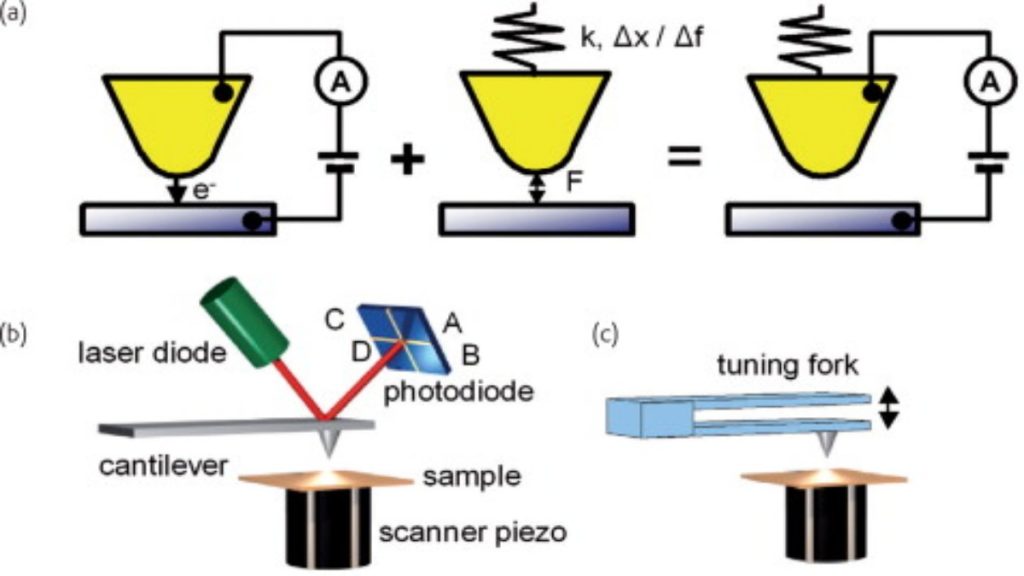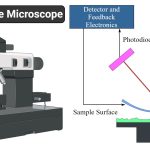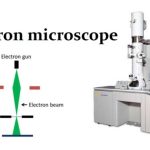AFM and STM
AFM refers to Atomic Force Microscope and STM refers to Scanning Tunneling Microscope. The development of these two microscopes is considered a revolution in the atomic and molecular fields. When talking of AFM, it captures precise images by moving a nanometer sized tip across the surface of the image. The STM captures images using quantum tunneling. Of the two microscopes, the Scanning Tunneling Microscope was the first to be developed.
Unlike the STM, the probe makes a direct contact with the surface or calculates the incipient chemical bonding in AFM. The STM images indirectly by calculating the quantum degree tunneling between he probe and sample. Another difference that can be seen is that the tip in AFM touches the surface gently touches the surface whereas in STM, the tip is kept at a short distance from the surface. Unlike the STM, the AFM does not measure the tunneling current but only measures the small force between the surface and the tip.
It has also been seen that the AFM resolution is better than the STM. This is why AFM is widely used in nano-technology. When talking of the dependence between force and distance, the AFM is more complex than the STM. When Scanning Tunneling Microscope is normally applicable to conductors, the Atomic Force Microscope is applicable to both conductors and insulators. The AFM suits well with liquid and gas environments whereas STM operates only in high vacuum. When compared to STM, the AFM gives a more topographic contrast direct height measurement and better surface features.
Summary
1. AFM captures precise images by moving a nanometer sized tip across the surface of the image. The STM captures images using quantum tunneling.
2. The probe makes a direct contact with the surface or calculates the incipient chemical bonding in AFM. The STM images indirectly by calculating the quantum degree tunneling between he probe and sample.
3. The tip in AFM touches the surface gently touches the surface whereas in STM, the tip is kept at a short distance from the surface.
4. AFM resolution is better than the STM. This is why AFM is widely used in nano-technology.
5. When Scanning Tunneling Microscope is normally applicable to conductors, the Atomic Force Microscope is applicable to both conductors and insulators.
6. The AFM suits well with liquid and gas environments whereas STM operates only in high vacuum.
7. Report this ad
8. Of the two microscopes, the Scanning Tunneling Microscope was the first to be developed.



Comments are closed